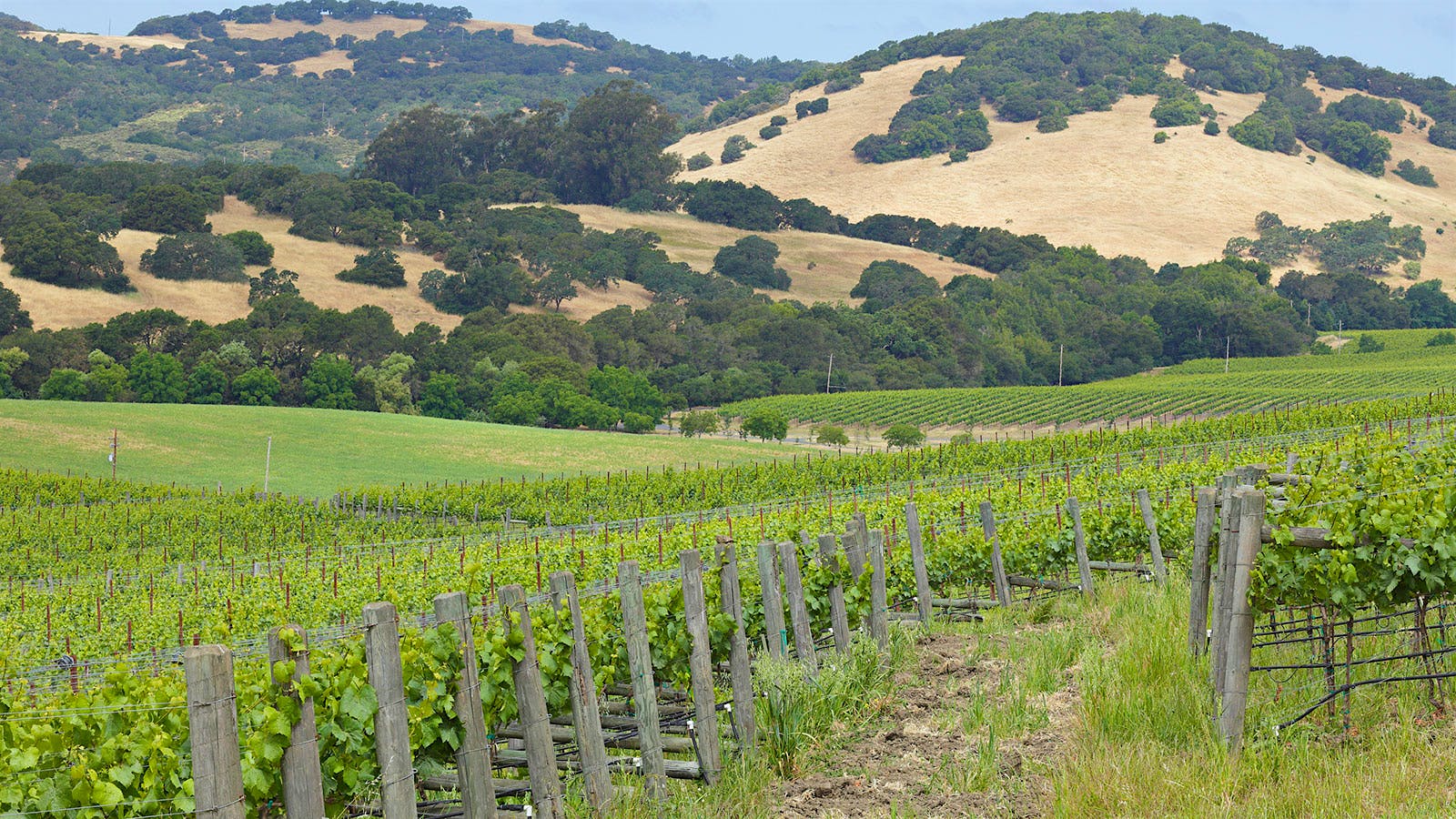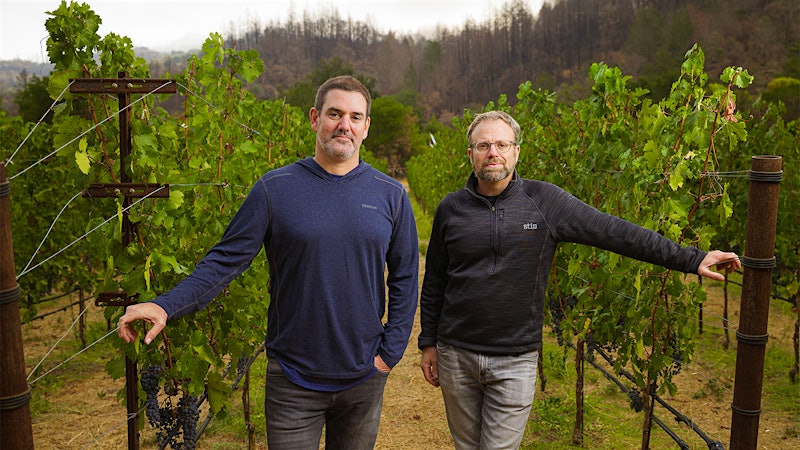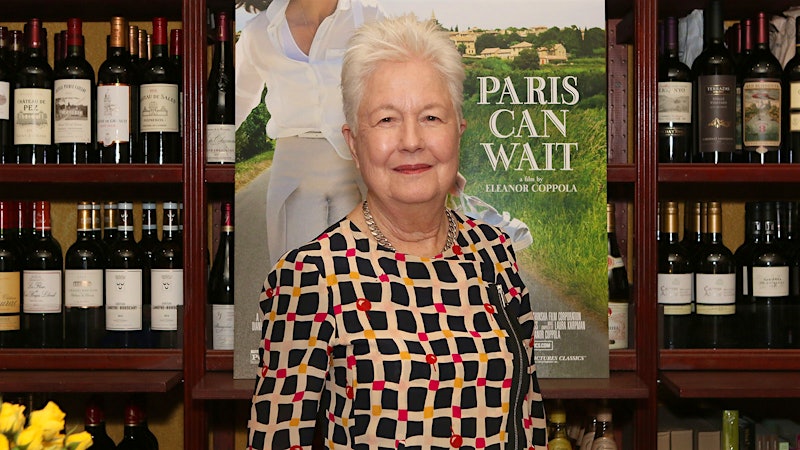This story was updated on July 22.
Napa County residents packed a local court on July 15 for a rather arcane hearing on rules for qualifying voter initiatives for election ballots. Extra chairs were brought into the courtroom to accommodate the spectators, with dozens more people standing outside in the hallway, several wearing buttons that read “Save the Watershed.”
They were there to support the Water, Forest and Oak Woodland Protection Initiative of 2016, a proposal to tighten county rules on land development and tree removal near local watersheds. Napa County Superior Court Judge Diane Price had expedited the hearing to see if the measure could appear on the election-day ballot this November. For 10 weeks earlier this year, volunteers supporting the initiative gathered signatures in front of grocery stores and libraries, but county officials ruled that the proposal was not presented properly.
The measure is opposed by local vintner groups. And it comes at a time when many Napa winegrowers worry that their neighbors are growing increasingly hostile toward vineyard plantings. If Judge Price allows it on the ballot, it could bring a simmering debate over vines to a boil.
Update: On July 21, Judge Price issued a ruling, agreeing with county officials that the ballot measure was not properly presented to voters. The measure's supporters have vowed to appeal the decision. The fight is not going away.
How should land be protected?
Hillside vineyard development in Napa has grown increasingly controversial. “The valley floor is planted out,” Michael Hackett, a local and co-author of the initiative, told Wine Spectator. “New plantings have to go to the hillsides and mountains, and the only thing in the way are the trees.”
Local officials, vintners and some environmentalists have long seen farming as the best use for Napa’s land, dating back to the 1968 establishment of the Napa Agricultural Preserve, which protects 40,000 acres of land, preserving it for agriculture or open land. But now some argue that removing oak trees and planting hillside vineyards is threatening precious water sources. California's long drought has given those arguments more weight with the public.
This is not the first time vineyard planting in Napa has met opposition. One of opponents' main objections to the new proposal is that the Valley already has much stricter (and costlier) planting rules than most of California.
In 1991, after erosion on Howell Mountain likely caused by vineyard development polluted a reservoir that is St. Helena's main water supply, Napa County created a strict hillside ordinance, which requires growers to get approval for vineyards planted on slopes of 5 degrees or more. A Sierra Club lawsuit a decade later led to mandates that most Napa vineyard projects must meet the tough standards of the California Environmental Quality Act, which is seldom applied to agricultural developments.
Current rules for developing land in sensitive watershed areas require maintaining a tree canopy of at least 60 percent of what exists and replacing any removed oaks with twice as many oaks elsewhere.
The proposed initiative requires land owners wanting to clear oak trees on most properties of 5 acres or larger to submit plans for county approval. The owners would have to keep at least 90 percent of the oak canopy on a parcel and replace oaks at a 3:1 ratio. Buffer zones around streams would also be increased.
In April, Napa Valley Vintners, Winegrowers of Napa County, Napa Valley Grapegrowers and the Napa County Farm Bureau all announced their opposition to the proposal in a joint letter. “There is no question that Napa County has already taken a forward-looking approach to environmental protection,” the letter said. The groups argue that the proposed law would complicate a system that already works.
"We are deeply disappointed that this quasi-environmental initiative was proposed to get on the ballot. It's loaded with misinformation and hidden costs," said Jennifer Putnam, executive director and CEO of the Napa Valley Grapegrowers. Putnam added that the organization is highly supportive of other programs, such as the existing Fish Friendly Farming certification program for agricultural properties, which she says is more comprehensive. (Some vintners do support the measure, however.)
A technicality or a valid complaint?
The proposal’s backers needed almost 3,800 signatures to qualify the measure for the ballot. They collected 6,300 by June. But Napa County Registrar of Voters John Tuteur rejected the measure and the signatures. He said the petition didn’t meet California’s “full text” requirement for ballot initiatives because it proposed mandating rules from another measure, Napa’s Voluntary Oak Woodland Management Plan of 2010, without listing the full text of those rules.
Instead of starting again from scratch—the deadline for making the ballot is Aug. 12—the backers sued the county. During the hearing, Catherine Engberg, an attorney for the plaintiffs, told the court, “The county got it wrong. The full text rule is a straightforward one.” She argued that it was unrealistic to list every single law or appendix every document that might be affected in an initiative. “The registrar had to, pardon the pun, but had to go out on a limb to reject [the measure],” said Engberg.
Arthur Coon, attorney for the county, defended the decision to reject the measure, suggesting that it “wasn’t an accident” that the plan’s text wasn’t included, pointing out the substantive provisions outlined in the text, including dozens of guidelines for everything from details about installing high-visibility fences and weed-control procedures to acorn collection and storage.
Judge Price's ruling on July 21 went against the measure's supporters. “The Napa County Voluntary Oak Woodland Management Plan is nothing more than a voluntary policy; it has never been enacted into law. It is the Initiative itself that would be enacting portions of it into the mandated oak removal permitting law,” wrote Price.
But the fight is not over, though time is running short for this year's election. “It’s indeed incredibly disappointing, and annoying that we have so little time remaining,” said Jim Wilson, co-author of the initiative in an email to supporters, noting that the deadline for making the ballot is Aug. 12. “Our legal team is convinced the initiative is perfectly lawful and will be working overtime in preparation to [appeal] the Superior Court’s decision.”
The same day the lawyers were arguing in Napa, the San Luis Obispo County Board of Supervisors passed an emergency ordinance that would limit the removal of native oaks and woodlands in their county's unincorporated areas. The measure was trigged by last month's controversy over a vineyard-development project by Justin Vineyards and Winery in Paso Robles that removed hundreds of oaks.
As Napa vintners point out, unlike Paso Robles, they already have strict laws in place, and that without the wine industry, their valley would not be the farmland it is today. But whether this proposal is approved or not, questions over Napa's hillsides are not going away soon.












